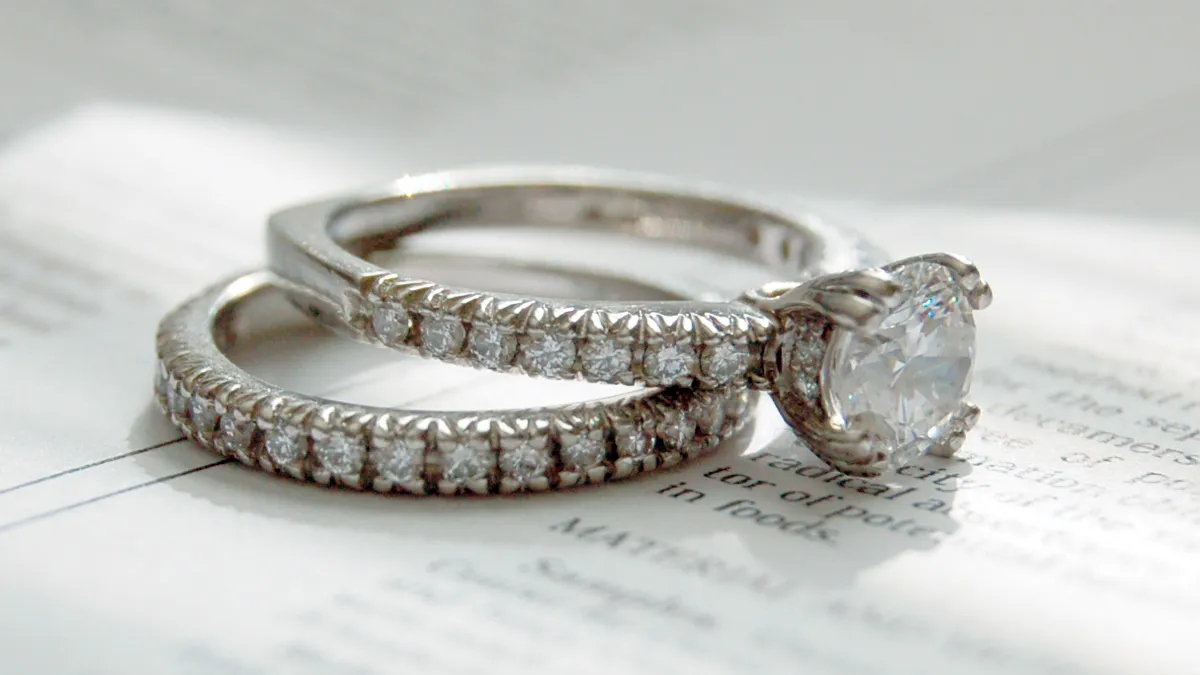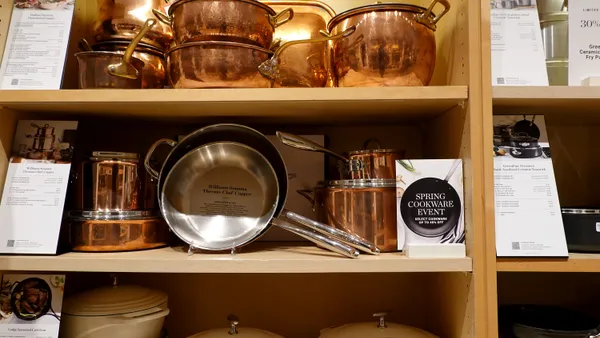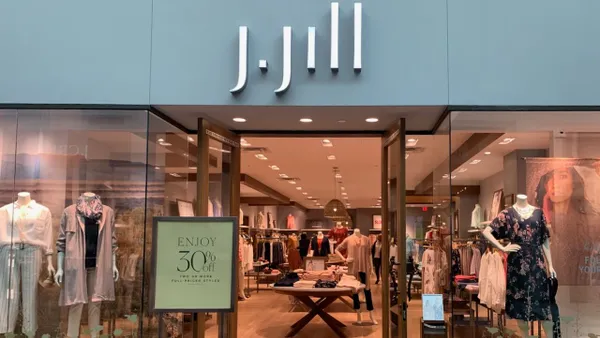Dive Brief:
- Tiffany will begin including information on country or region of origin in some displays of engagement rings and other diamond jewelry in its stores worldwide, according to a press release.
- The new program, entitled the "Diamond Source Initiative," includes newly-sourced, individually-registered diamonds 0.18 carats and larger. The company plans to add "craftsmanship information" to the details available to shoppers by 2020.
- Tiffany diamonds are tracked through the supply chain via a serial number etched into the stones by a laser, which is invisible to the eye. The company also maintains a "proprietary and secure database linking a diamond’s serial number to its provenance and craftsmanship journey," a company spokesperson told Supply Chain Dive.
Dive Insight:
Diamonds, like palm oil or cocoa, have a complicated supply chain that, over the years, has become notorious for controversy and ethical issues, so it makes sense that Tiffany is looking to reassure customers that their prized purchases are ethically sourced.
The term "blood diamond" or "conflict diamond" entered the vernacular in the late 1990s and early 2000s when it came to light that diamond profits were used to fund a civil war in Sierra Leone. As the concept of using diamonds as payment for arms and atrocities grew in consumer consciousness, the diamond industry, along with the UN, created the Kimberley Process Certification in 2003 to verify that stones were not part of this phenomenon.
But some high-profile withdrawals from the Kimberley Process in the last year, even by two of the founding organizations, on the grounds that the certification is providing false assurances to the public is calling into question the validity of the certification.
Tiffany pointed out in its release that its own standards exceed those of the Kimberley Process.
It's especially important now for traditional diamond purveyors to maintain consumers' trust in an ethical diamond supply chain because lab-grown diamonds, which are chemically identical to mined stones are gaining prominence, offer a 100% scandal-free alternative. It's no wonder then that Tiffany is making this move now. De Beers, as well, announced last year a pilot to use blockchain to track diamonds from the mine to the consumer.
For now, Tiffany is committing to disclosing the "country or region" where the diamonds included in the Diamond Source Initiative originated. Region, in this case, refers to a generalized term for the operation of a single supplier managing mines in multiple countries, according to the company.
"In the case of one trusted supplier with several responsibly managed operations, diamonds may be designated 'Botswana sort.' The majority of these diamonds were mined in Botswana, as well as in select mines in Namibia, South Africa, or Canada," the release stated.
Specificity of provenance beyond country may be in the cards for the future, but for now the spokesperson told Supply Chain Dive, "Providing region or countries of origin is a significant first step in our journey, and while we cannot share further details at this time, we will continue our industry leadership in responsible sourcing and will work with our trusted partners to enhance transparency as the industry evolves."














